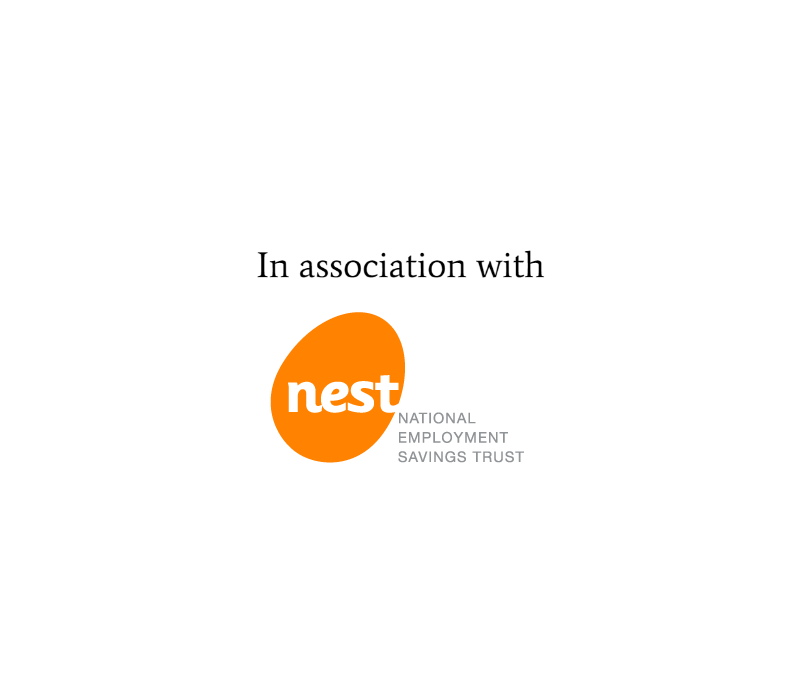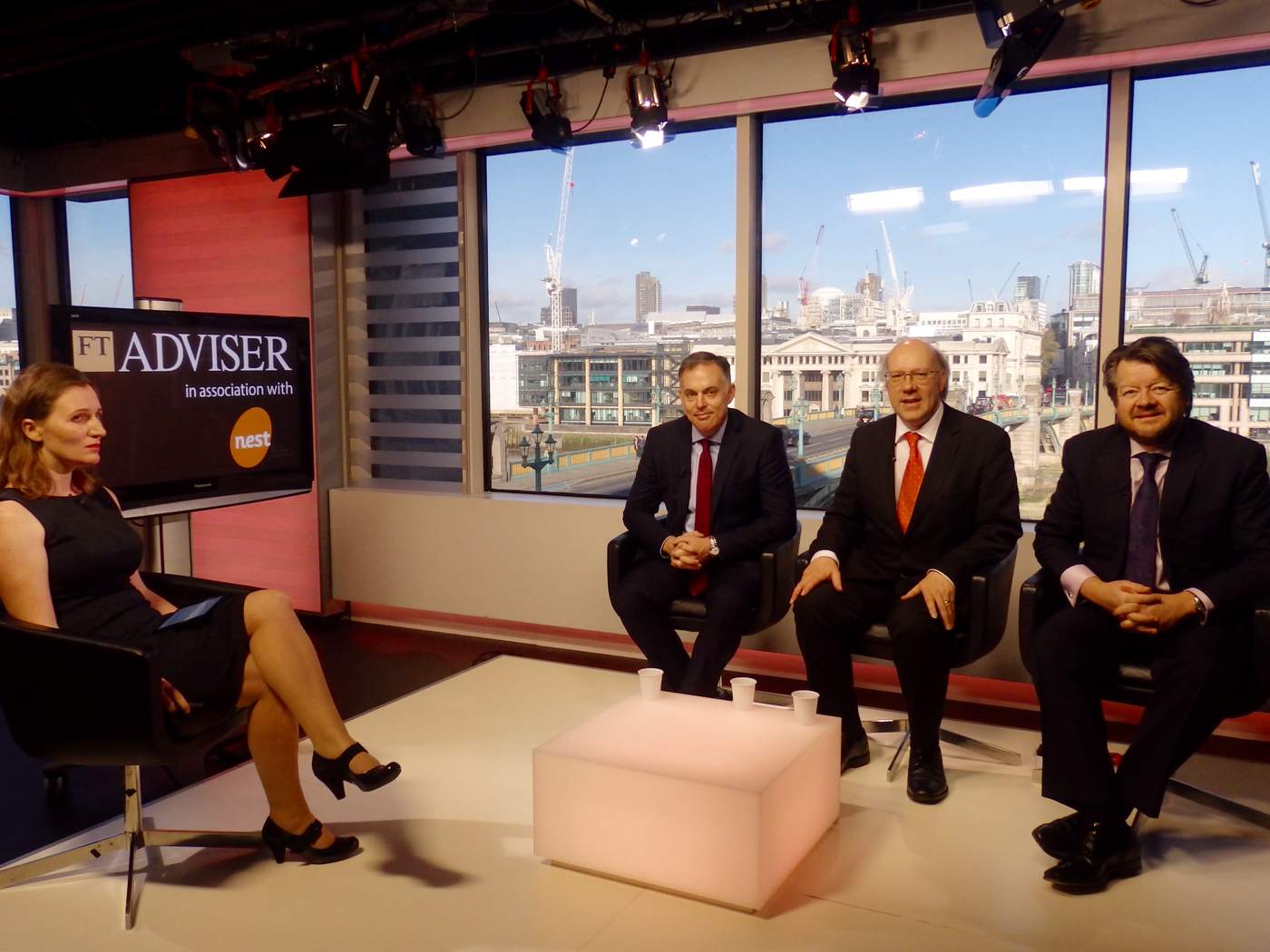Automatic enrolment is reaching a critical turning point.
While nearly 5.4 million people have been enrolled, 97 per cent of all UK employers are yet to reach their staging date so the biggest challenge is yet to come.
A total of 1.8 million smaller employers are required to stage their schemes by 2018.
Small and micro employers face very different challenges to the larger employers that have already enrolled.
This supplement features information on governance of automatic enrolment schemes, discusses default strategies in light of pension freedoms and business opportunities for advisers.
Answers to questions you asked our panel of three pensions experts during FTAdviser On Air are also featured.
Hopefully this supplement will provide lots of food for thought on how to support smaller employers with their obligations and assist you in anticipating potential challenges for these employers.
You can also earn CPD by answering questions on the content of this supplement.
Just click on the CPD link at the end of the supplement.
How do you know when you’ve recommended a good DC default?
This is a critical question for advisers helping businesses with auto enrolment.
The default fund is where NEST has found as many as 99 percent of the workforce will stay.
It is the fund that is under the most scrutiny when companies first choose their scheme.
And it follows that it is also the default fund that is under the microscope at regular reviews with clients for years to come.
Whether you’re a trustee, employer or adviser, the regulatory guidance is clear that getting a good quality scheme for auto-enrolment is not just about good administration.
The regulations have a lot to say on things like suitability of the default fund, choice and also value for money. These are all factorsthat play out over the long term.
We’re going to look at these topics and suggest some related questions advisers might use to interrogate what schemes are offering so they can be confident about the schemes they recommend. Finding a suitable, value for money investment approach is essential - recommending something that doesn't meet savers' needs could mean questions in the future from both employers and their workers.
Ensuring the default strategy provided is suitable for the needs of the membership starts with having a comprehensive understanding of your clients’ workers.
Ensuring the default strategy provided is suitable for the needs of the membership starts with having a comprehensive understanding of your clients’ workers.
You’ll probably need to know:
What sort of savings experience do most of them have? If they’re typical auto-enrolment savers, then it’s probably not much. This means default funds that looked right for pre auto-enrolment pension savers might not be suitable.
What’s the age and spread of the workforce? Does the investment strategy for the default fund recognise that risk needs to be managed differently over time? If so, what’s the delivery mechanism and governance around, for example, de-risking members’ pots as they approach retirement?
What are these workers’ attitudes to investment risk? Are they highly sophisticated risk maximisers, or are they worried about volatility and the potential for loss?
NEST research, for example, tells us that most new DC savers want good growth but there’s a strong desire to keep their money safe too. NEST research also shows that many are unaware their pensions savings are exposed to any kind of investment risk.
This relates to what the workforce is expecting and what the consequences will be if these expectations are not met.
Finally, will the name of the default fund, or the manner in which its operation is communicated serve to confuse and prompt worries and questions or can it be easily understood by the majority of members?
What about beyond the default (and the guidance here is clear that members’ should not be locked in)?
The Pensions Regulator says that quality schemes should also ensure that the number and risk profile of investment options offered reflects the needs of the membership.
Let’s start with the number - what level of choice is too little? Are you confident that members’ needs can be broadly served by just a couple of other choices?
Alternatively, long lists of options can look impressive to the employer, but become less attractive if they lead to questions from workers overwhelmed by choice. Is that a risk that needs to be considered?
What’s real choice anyway? Does the scheme offer dozens of funds that actually cluster around the same risk profile? What about peoples’faith and beliefs? Are they reflected too? Are the fund options available actually the legacy from existing schemes or have they been tailor-made for auto-enrolment savers?
So you’ve found something that ticks all the boxes when it comes to suitability and choice. What about the charges and costs?
Most advisers will agree with our position that low charges do not necessarily mean good value. Equally, good performance alone may not give a scheme license to go to the top of the charge cap.
Low charges do not necessarily mean good value
The regulator accepts that there’s no single definition of value for money, but has set out a model process for trustees of schemes to assess to what extent their scheme offers value for money.
These findings are brought together in ‘value for money statements’.
NEST publishes ours on our website and these statements could be a helpful tool for advisers to consider when assessing schemes.
So, the regulator divides costs and charges into two categories.
When it comes to member-borne costs and charges, what do they cover?
Are legal and custodian charges included?
Does anyone – worker or employer - pay more or less for the same offer?
And does performance stack up against the scheme’s objectives and the relevant benchmarks?
It is also important to understand whether the investment strategy is likely to lead to high portfolio turnover.
Is the asset allocation tending towards the more tactical and short-term, which could increase the number of transactions, or focused on strategic, long-term positions?
Are switches between assets mechanistic and could incur additional costs to members compared with, for example, a target date fund structure?
Is any extra transactional drag on pots justified?
Is any extra transactional drag on pots justified?
How might the investment governance work for or against members’ pots being eroded by transaction costs? How and who green lights investment decisions?
Enhancing relationships
Different employers will want help with different aspects of automatic enrolment.
There are a lot of different levels of service you can offer your clients.
Let’s start by looking at what the basic requirements are for your corporate clients.
The Pensions Act 2008 introduced new rules for workplace pensions in the UK. These changes affect every workplace and make sure that every worker will have a chance to save for their retirement.
These changes affect every workplace and make sure that every worker will have a chance to save for their retirement.
Under the new rules, every employer will have to give their workers the opportunity to join a workplace pension scheme that meets certain standards.
Workers earning over a certain amount will also be entitled to a minimum contribution into their retirement pot. The new employer duties are being introduced gradually.
They’ve already begun to apply to the largest UK employers and over the next few years they’ll apply to most other organisations.
Currently staging are employers with 30 to 49 members of staff. From the start of next year employers with less than 30members of staff are staging.
The minimum contribution has been introduced at 2 per cent of a worker's pay. This will increase gradually to 8 per cent.
So, what should you be looking at when it comes to making sure corporate clients are meeting these requirements?
Just because you have arranged a pension scheme for a corporate client in the past does not mean it is fit for purpose today.
Advisers will also need to reassess any arrangements that are currently in place to make sure they meet the auto-enrolment requirements.
According to NEST, many existing corporate clients will have a scheme in place that they can’t use for auto-enrolment.
Many existing corporate clients will have a scheme in place that they can’t use for auto-enrolment.
Options that need to be considered include finding a new scheme that is simple and flexible enough to work alongside what they already have, or looking to replace it with a scheme that meets the regulatory requirements.
Another type of corporate client being created by the auto-enrolment rules are those who have no previous experience of pensions.
For some corporate clients auto-enrolment is not simply about pensions. The real issue is payroll processes, and advisers are coming under increasing pressure from clients for guidance and support.
Some clients have shift or time sheet-based staff whose earnings vary month to month, employees doing unforeseen overtime to meet a surge in demand, younger workers crossing the minimum age threshold, new joiners, etc.
These employers may require far greater hand holding than an adviser is used to –with these individuals the first step maybe to see if they employ anyone classed as a ‘worker’.
For advisers who want to build an on-going relationship with a corporate client the opportunities created by auto-enrolment are far greater than just selecting a scheme.
For advisers who want to build an ongoing relationship with a corporate client the opportunities created by auto-enrolment are far greater than just selecting a scheme.
Selecting what the default solution or service will be, investigating the pros and cons of "bolt-ons" to existing payroll software packages, versus specifically designed online auto-enrolment solutions, developing a marketing strategy to ensure employee engagement and support through education and training are all extra tools an adviser can add to their kit.
It is also likely that clients you’re advising on pension matters may be willing to explore other new duties.
Advisers can push beyond pensions and tackle the way healthcare benefits or business protection could boost business and the happiness of the workforce.
What is clear is auto-enrolment gives you the opportunity to offer far more than just financial advice to corporate clients and their employees. Thousands of employers who’ve never sought professional support will be looking for help with auto-enrolment.
While some employers may just want to comply with the pension regulations and find the simplest way to fulfill their new duties others could become engaged with the value of offering greater benefits to their workforce.









